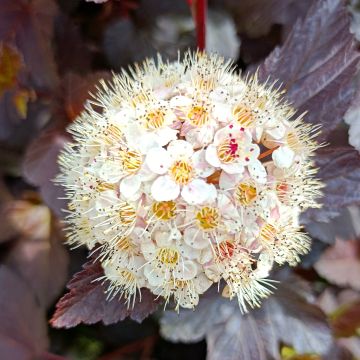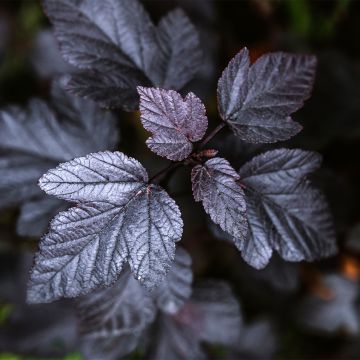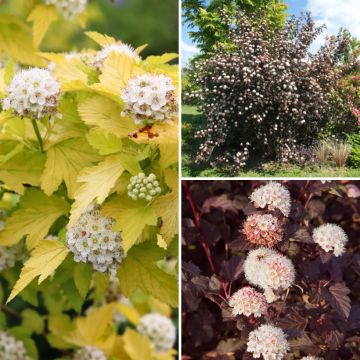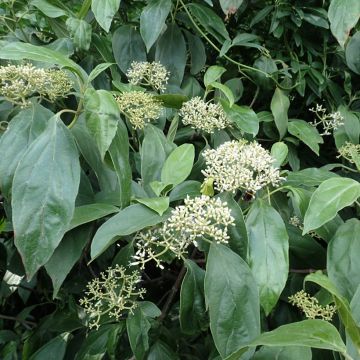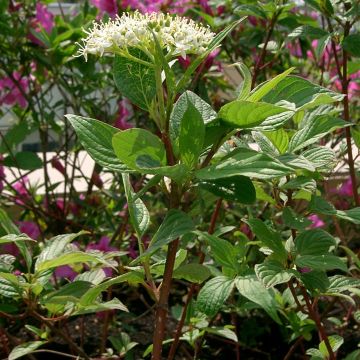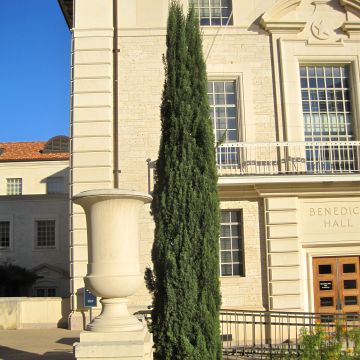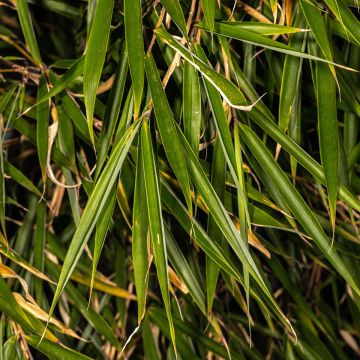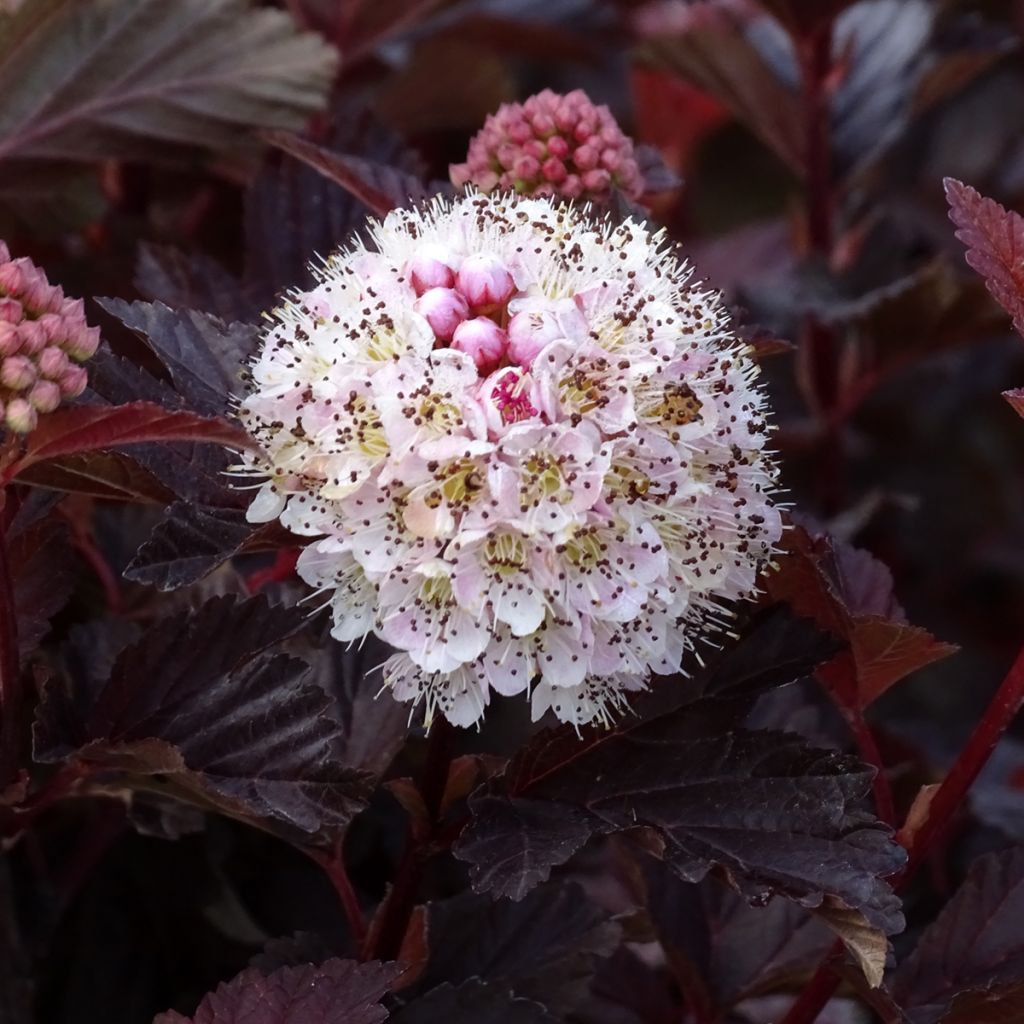

Physocarpus opulifolius Lady in Red - Ninebark


Physocarpus opulifolius Lady in Red - Ninebark
Physocarpus opulifolius Lady in Red - Ninebark
Physocarpus opulifolius Lady in Red
Ninebark
I kept it in the conservatory all winter. It has thrived and the leaves are plentiful but still green for now. It's starting to turn purple. I will plant it in mid-May.
Maxime D., 16/04/2023
This item cannot be shipped to the selected country
Delivery charge from €5.90
Delivery charge from €5.90
More information
Schedule delivery date,
and select date in basket
This plant carries a 24 months recovery warranty
More information
We guarantee the quality of our plants for a full growing cycle, and will replace at our expense any plant that fails to recover under normal climatic and planting conditions.
From €5.90 for pickup delivery and €6.90 for home delivery
Express home delivery from €8.90.
From €5.90 for pickup delivery and €6.90 for home delivery
Express home delivery from €8.90.


Does this plant fit my garden?
Set up your Plantfit profile →
Description
Physocarpus opulifolius 'Lady in Red', also known as Physocarpus or Ninebark, is a bush with a compact habit and dense vegetation adorned with red hues. Its juvenile foliage is remarkable, evolving from coppery red to satin purple when mature. The young leaves appear from spring to summer on twisted and brown branches, giving the plant a two-tone red colour. From May to June, it produces flowers of white corymbs. It is followed by small red fruits, tinged with green, in autumn. It is not without charm in winter, when its bark exfoliates in beige patches on a dark brown background.
Physocarpus opulifolius belongs to the Rosaceae family and is native to the eastern United States, up to Quebec and Manitoba. The growth of this bush is medium to fast, and its adult size will not exceed 1.5 m to 2 m (4.9 ft to 6.6 ft) in height and 1.5 m (4.9 ft) in width. The 'Lady in Red' Ninebark, from which it originates, is a deciduous bush that is highly branched and has a dense habit, initially upright and then arching with age. Remarkable for its young leaves that emerge in a bright red to coppery hue, it astonishes even more as they gradually turn purple throughout the growing season, transforming this Ninebark into an extraordinary ball of red light. The leaves are lobed, deeply cut, serrated, and measure from 3 cm to 8 cm (1.2 in to 3.1 in). The spectacle of the foliage continues when flowering occurs. From spring to early summer, flattened corymbs adorned with purple buds appear, opening into small white to pinkish nectar-filled flowers. They are followed by red fruits appreciated by birds in autumn. The bush remains decorative in winter, with its bark exfoliating in beige to reddish-brown patches.
'Lady in Red' looks incredible in borders, especially when contrasted with bushes bearing light foliage. It will be charming in a mixed hedge, accompanied by spiraeas (Spirea arguta, Spirea x billardii), viburnums (Viburnum carlesii 'Chesapeake', Viburnum x bodnantense), dwarf winged euonymus (Euonymus alatus compactus), or a Neillia (Neillia affinis) that it will illuminate. To accompany its changing colours, you can plant Heucheras or Heucherellas, for example, at its base. It will also make a great impact when planted in a container on a terrace or balcony.
The name Physocarpus opulifolius comes from the Greek 'phusa', which means air bubble or vesicle, and 'karpos', which refers to the fruit, in reference to it shape. The resemblance of its foliage to that of the Viburnum opulus earned it its specific name "opulifolius". Introduced to Europe around 1687, the numerous shimmering cultivars that have been created in recent years have allowed it to make a strong comeback in gardens.
Report an error about the product description
Physocarpus opulifolius Lady in Red - Ninebark in pictures
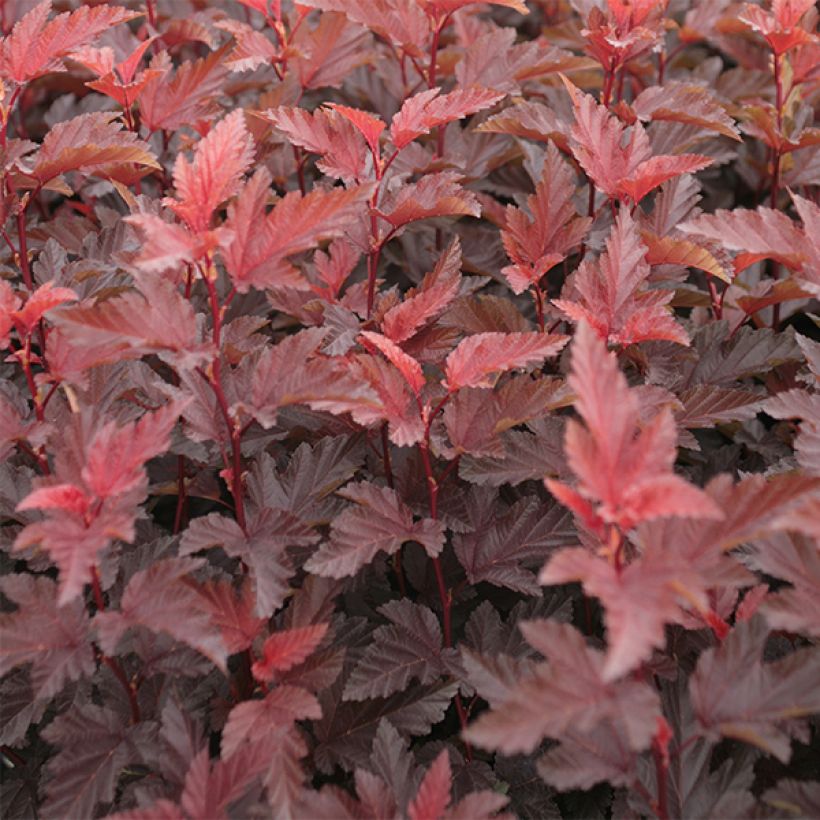





Plant habit
Flowering
Foliage
Botanical data
Physocarpus
opulifolius
Lady in Red
Rosaceae
Ninebark
Cultivar or hybrid
Other Physocarpus
Planting and care
Plant in deep, humus-rich, fertile and moist, neutral to acidic soil. It dislikes an excess of limestone. It is important to avoid letting the soil dry out in summer and to water the foliage during heatwaves. This bush will thrive in partial shade or in full sun, but the foliage colours will be more pronounced if it is planted in a sunny location. Thin out overcrowded plants by heavily pruning some of the arching stems after flowering. This may encourage the emergence of new flower buds later in the summer. Physocarpus tends to produce many suckers, to the detriment of the main plant; it may be useful to prune it back to give it a denser appearance.
Planting period
Intended location
Care
-
, onOrder confirmed
Reply from on Promesse de fleurs
Hedge shrubs
Haven't found what you were looking for?
Hardiness is the lowest winter temperature a plant can endure without suffering serious damage or even dying. However, hardiness is affected by location (a sheltered area, such as a patio), protection (winter cover) and soil type (hardiness is improved by well-drained soil).

Photo Sharing Terms & Conditions
In order to encourage gardeners to interact and share their experiences, Promesse de fleurs offers various media enabling content to be uploaded onto its Site - in particular via the ‘Photo sharing’ module.
The User agrees to refrain from:
- Posting any content that is illegal, prejudicial, insulting, racist, inciteful to hatred, revisionist, contrary to public decency, that infringes on privacy or on the privacy rights of third parties, in particular the publicity rights of persons and goods, intellectual property rights, or the right to privacy.
- Submitting content on behalf of a third party;
- Impersonate the identity of a third party and/or publish any personal information about a third party;
In general, the User undertakes to refrain from any unethical behaviour.
All Content (in particular text, comments, files, images, photos, videos, creative works, etc.), which may be subject to property or intellectual property rights, image or other private rights, shall remain the property of the User, subject to the limited rights granted by the terms of the licence granted by Promesse de fleurs as stated below. Users are at liberty to publish or not to publish such Content on the Site, notably via the ‘Photo Sharing’ facility, and accept that this Content shall be made public and freely accessible, notably on the Internet.
Users further acknowledge, undertake to have ,and guarantee that they hold all necessary rights and permissions to publish such material on the Site, in particular with regard to the legislation in force pertaining to any privacy, property, intellectual property, image, or contractual rights, or rights of any other nature. By publishing such Content on the Site, Users acknowledge accepting full liability as publishers of the Content within the meaning of the law, and grant Promesse de fleurs, free of charge, an inclusive, worldwide licence for the said Content for the entire duration of its publication, including all reproduction, representation, up/downloading, displaying, performing, transmission, and storage rights.
Users also grant permission for their name to be linked to the Content and accept that this link may not always be made available.
By engaging in posting material, Users consent to their Content becoming automatically accessible on the Internet, in particular on other sites and/or blogs and/or web pages of the Promesse de fleurs site, including in particular social pages and the Promesse de fleurs catalogue.
Users may secure the removal of entrusted content free of charge by issuing a simple request via our contact form.
The flowering period indicated on our website applies to countries and regions located in USDA zone 8 (France, the United Kingdom, Ireland, the Netherlands, etc.)
It will vary according to where you live:
- In zones 9 to 10 (Italy, Spain, Greece, etc.), flowering will occur about 2 to 4 weeks earlier.
- In zones 6 to 7 (Germany, Poland, Slovenia, and lower mountainous regions), flowering will be delayed by 2 to 3 weeks.
- In zone 5 (Central Europe, Scandinavia), blooming will be delayed by 3 to 5 weeks.
In temperate climates, pruning of spring-flowering shrubs (forsythia, spireas, etc.) should be done just after flowering.
Pruning of summer-flowering shrubs (Indian Lilac, Perovskia, etc.) can be done in winter or spring.
In cold regions as well as with frost-sensitive plants, avoid pruning too early when severe frosts may still occur.
The planting period indicated on our website applies to countries and regions located in USDA zone 8 (France, United Kingdom, Ireland, Netherlands).
It will vary according to where you live:
- In Mediterranean zones (Marseille, Madrid, Milan, etc.), autumn and winter are the best planting periods.
- In continental zones (Strasbourg, Munich, Vienna, etc.), delay planting by 2 to 3 weeks in spring and bring it forward by 2 to 4 weeks in autumn.
- In mountainous regions (the Alps, Pyrenees, Carpathians, etc.), it is best to plant in late spring (May-June) or late summer (August-September).
The harvesting period indicated on our website applies to countries and regions in USDA zone 8 (France, England, Ireland, the Netherlands).
In colder areas (Scandinavia, Poland, Austria...) fruit and vegetable harvests are likely to be delayed by 3-4 weeks.
In warmer areas (Italy, Spain, Greece, etc.), harvesting will probably take place earlier, depending on weather conditions.
The sowing periods indicated on our website apply to countries and regions within USDA Zone 8 (France, UK, Ireland, Netherlands).
In colder areas (Scandinavia, Poland, Austria...), delay any outdoor sowing by 3-4 weeks, or sow under glass.
In warmer climes (Italy, Spain, Greece, etc.), bring outdoor sowing forward by a few weeks.






































